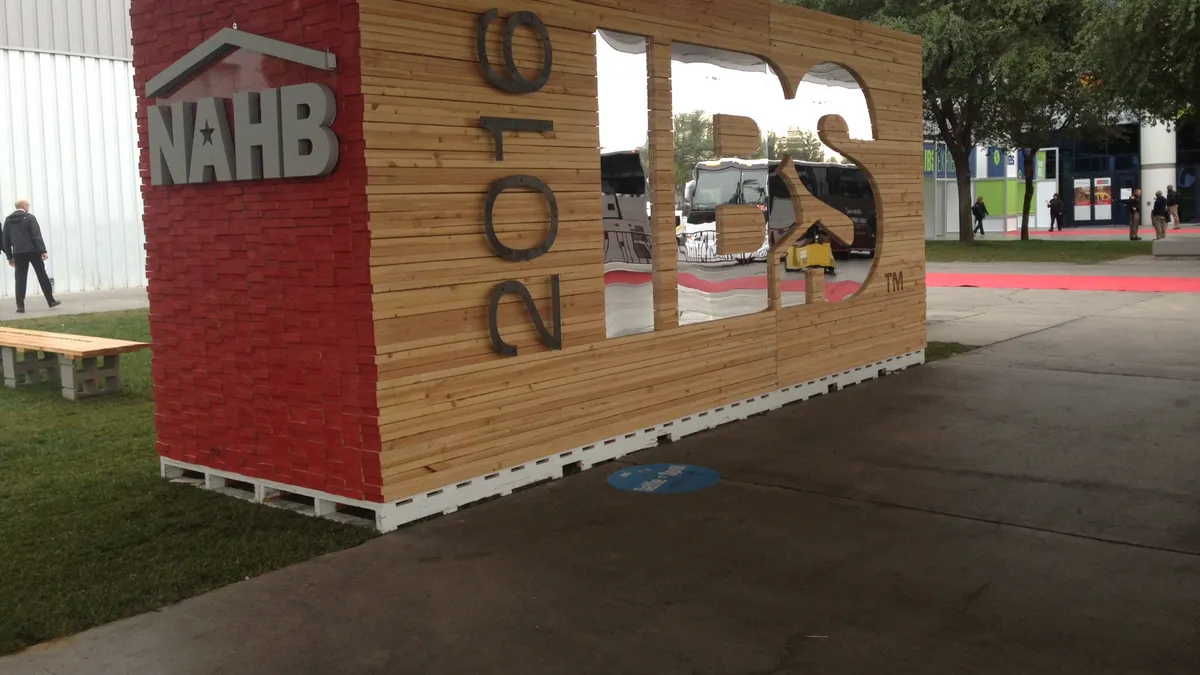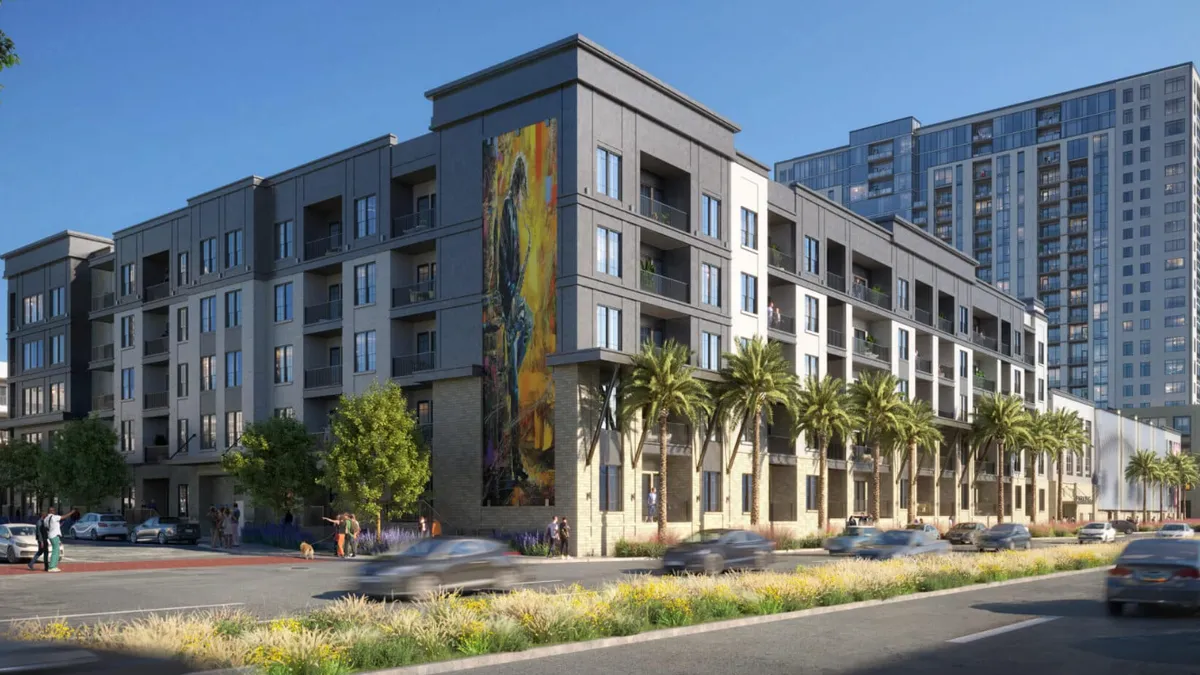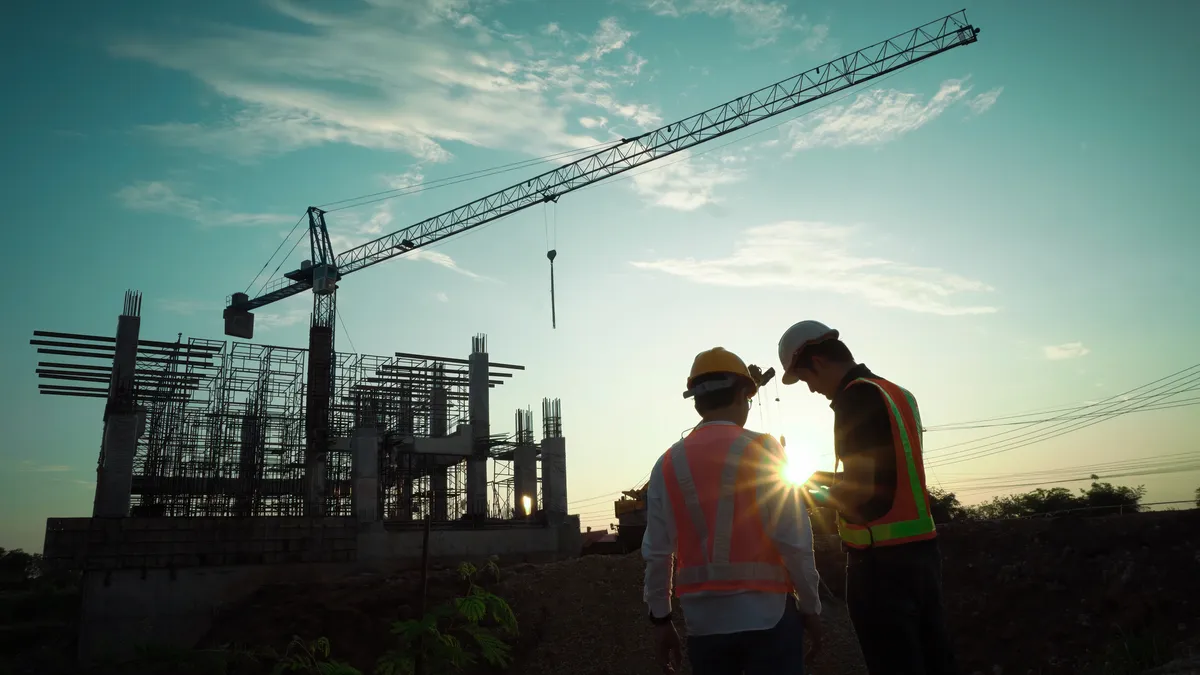Day two of the International Builders' Show in Las Vegas has come and gone, and the most common thread of the event continues to be attracting millennial homebuyers. While day one focused on model homes designed specifically for the cohort and the struggle to reach the young generation, day two delved deeper into the question of the impact millennials have on the housing market, as well as what specific design trends younger buyers prefer.
How millennials affect the overall housing market
Last year presented an unpleasant surprise to residential industry experts, as most predicted a major influx of first-time buyers entering the market. Government programs aiming to aid homeownership were expected to ease the financial burden and encourage young people to switch over from renting.
That surge, however, did not come to fruition, according to Rose Quint, assistant vice president for survey research for the National Association of Home Builders. As a result, first-time buyers' share of existing home sales has remained stagnant around 30%, well below the historically "normal" level of 40%.
So where are all those millennials if they aren't buying homes? According to Quint, they aren't just in the rental sector. A significant portion of them are still living at home with their parents. In 2015, the percentage of adults ages 25-34 living with their parents was at 15%, higher than the "normal" rate of 12%. That 3% difference translates to 1.3 million young people who would otherwise be creating households and possibly buying homes, Quint noted during a panel session Wednesday.
As a result of this lack of first-time, lower-income buyers, home prices and sizes have been steadily climbing. Without the demand from the younger generation balancing out the upper end of the market, prices and square footage have skewed toward the higher end.
In 2015, the average size of a new single-family home rose to 2,721 square feet, and the average price grew to $351,000. According to Quint, first-time buyers purchase homes that are, on average, 20% higher than the typical trade-up buyer and nearly $100,000 less.
She emphasized the importance of the younger generation to the residential industry, as their entrance into the market — or lack thereof — will determine average prices, sizes and other characteristics of homes. "Before we see any significant pullback in square footage or price, we’re going to need to see the comeback of this market," she said.
Millennial home design preferences
Keeping in line with the millennial trend, Jill Waage, executive editor of Better Homes and Gardens, shared the results of the publication's survey of 1,600 homeowners and focused on the millennial takeaways. She emphasized the younger generation's preference for personalization, their focus on the living experience of their home as a hangout area, and their interest in the joining of digital connections with personal connections.
Personalization
In the survey, 63% of millennial respondents said having a home customized to them was a top priority, and 60% said having a home that is a reflection of them is more important than it was to their parents' generation.
Waage said that millennials' thirst for personalization likely stems from the fact that they are in their first homes, and they know they will be living there for several years. With that in mind, the homeowners want to make it as comfortable and uniquely theirs as possible. The Internet age and popularity of Pinterest and online shopping has also offered owners countless ideas for home renovation ideas. "They’ve been planning this since college with Pinterest," Waage said. "They already know what they want. They’ve already shopped it out."
A focus on the living experience
Millennials have expressed they care less about a large square footage, and more about the feeling of their home and the relaxing atmosphere it creates. They want to hang out with their friends and family in a space where they feel comfortable, Waage noted.
"Outdoor living space is huge for millennials," she said. In the survey, the most-desired space in a home was a deck or patio, with 59% of responsdents.
However, despite that emphasis on outdoor spaces being integrated with the indoor living area, millennials reported they were less concerned with the curb appeal, or exterior, of their homes. In the survey, one in three responsdents said they believed exterior makeovers are expensive and not worth the investment. "Millennials may not see the value in curb appeal that boomers did," Waage said.
Smart home technology
According to the Better Homes & Gardens survey, 54% of survey respondents under 35 have at least one smart home technology product in their house. This statistic is unsurprising, Waage said, as millennials are constantly connected to their smart phones and want their homes to connect seamlessly to the rest of their digital lives.
However, despite the growing trend of smart home products, most homeowners still believe the technology is expensive. Waage pointed out that products in the Internet of Things can range from very low to very high prices. She said the residential industry should implement more education in the marketplace to make homeowners aware of all the smart home tech options, from the cheapest to the most expensive.
Why builders should care
Despite the delayed entrance of millennial buyers into homeownership, all surveys of the younger generation indicate they do in fact want to own their own single-family, detached homes. Builders need to keep their sights set on the future of this powerful buying segment, as millennials now outnumber the baby boomers.
And once the younger cohort does make the leap into homeownership, experts say those builders who design specifically for them and stay attuned to their preferences will be a step ahead of the competition.


















